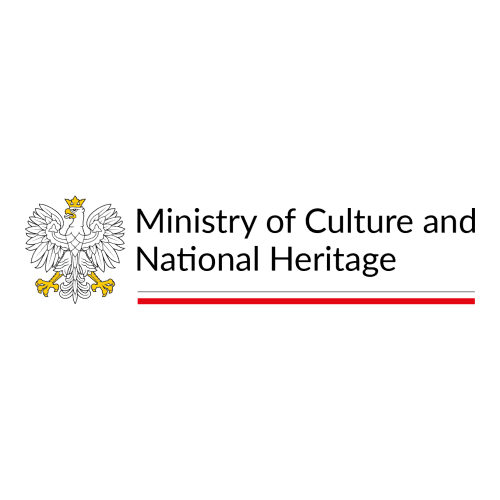La bohème
Giacomo Puccini
Lyrical scenes in four acts
Libretto: Luigi Illica, Giuseppe Giacosa
World premiere: 1 February 1896, Teatro Regio, Turin
Premiere of this production: 3 December 2021, Polish National Opera, Teatr Wielki, Warsaw
In the original Italian with Polish surtitles
Before Giacomo Puccini sat down to write La bohème, which turned out to be one of the world’s most popular operas, his had planned to create an opera about the life of Buddha. He was, however, also fascinated with the erotically charged Giovanni Verga’s The She-Wolf (La lupa), novella set in Sicily. He was discouraged from pursuing the latter project by Wagner’s stepdaughter (and Liszt’s granddaughter), who was appalled by the story’s brutality. With a little help from seasoned librettists, Luigi Illika and Giovanni Giacosa, Puccini set out to write a loose adaptation of Henri Murger’s famed book, Scenes of Bohemian Life (Scènes de la vie de bohème), a raw description of the miserable life lead by the Parisian ‘artistic proletariat’. ‘The book won me over on the spot. It felt like a family: freshness, youth, passion, cheerfulness, tears shed in silence, a love that brings joy and makes you suffer. There are people, feelings, there is a heart. And, above all, there is poetry, divine Poetry,’ Puccini gushed. There was a lot in Murger’s novel that he could relate to. After the success of Manon Lescaut (1892) he could afford to buy a villa in Torre del Lago, but the memory of the hunger and cold of his student life in Milan never left his memory.
It is no wonder that the same topic caught the interest of another composer who had risen out of poverty and wanted to showcase ‘real life’ in opera. Ruggero Leoncavallo, the author of the brilliant Palgliaci, began to work on his La bohème around the same time as Puccini. The two composers clashed in the press, but it was Puccini who had the final say: ‘Let him compose, and I will compose. The public will judge,’ he wrote. And that is what happened, to the disadvantage of Leoncavallo, whose Bohème faded into oblivion overshadowed by the charm of his rival’s immortal music.
Four young artists – Schaunard, Rodolfo, Colline and Marcello – go out to town on a wintery night. Rodolfo meets Mimi and it is love at first sight. They are enamored before they manage to introduce themselves to each other. Marcello is crushed to see his former lover Musetta have a wealthy Alcindor wrapped around her finger. It is a time of joy and reckless fun. A few months later Marcello is back in a stormy relationship with Musetta, while moneyless Rodolfo dumps seriously ill Mimi, frustrated and horrified as he is by his helplessness in the face of her suffering. It is a time of frustration, jealousy, and confusion. Mimi and Rodolfo will meet again, yet it will be too late to offer help and love then.
This production of La bohème is directed by Barbara Wysocka, who previously treated the Warsaw audience to her take on Philip Glass’s The Fall of the House of Usher, Pascal Dusapin’s Medeamaterial, Eugeniusz Knapik’s Moby Dick, Ludomir Różycki’s Eros and Psyche, and Giacomo Puccini’s Tosca.
-
Time is measured by
-

Cast
Credits
Chorus and Orchestra of the Polish National Opera
Władysław Skoraczewski Artos Children’s Choir
Sponsors
-
Partnerzy Akademii Operowej
-
Partnerzy Teatru Wielkiego - Opery Narodowej
-
Partner technologiczny
-
Patroni medialni
-
Partners of the Opera Academy
-
Partners of Teatr Wielki – Polish National Opera
-
Technological partner
-
Media patrons
-
Partner of the event
-
Partner of the reception





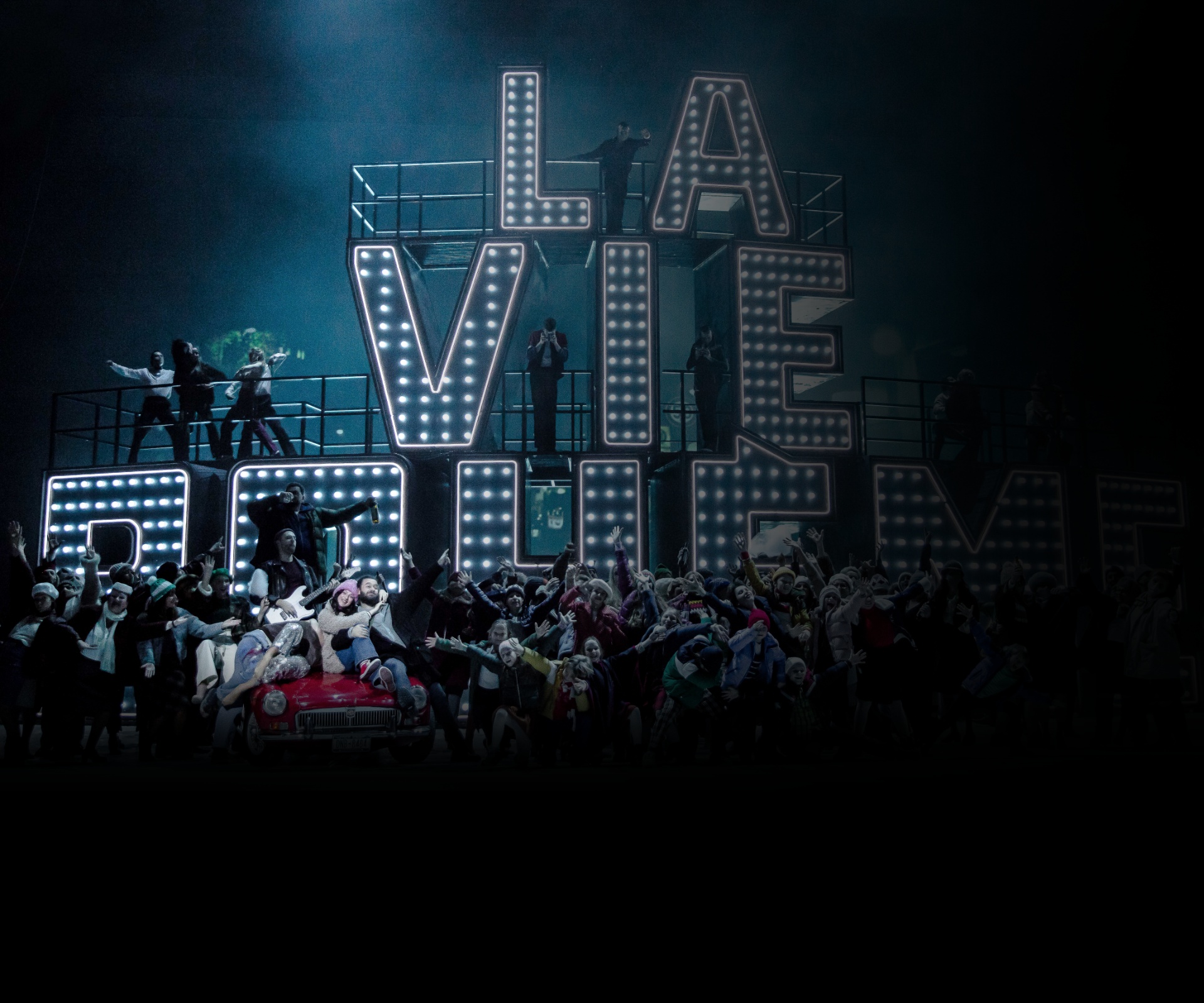
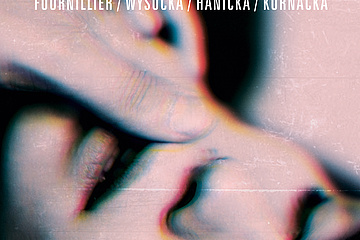
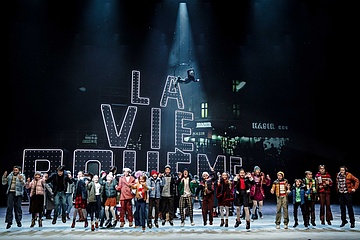
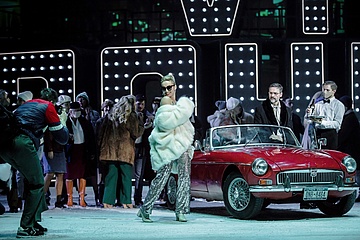
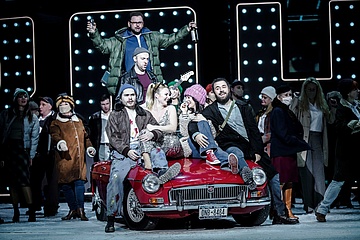
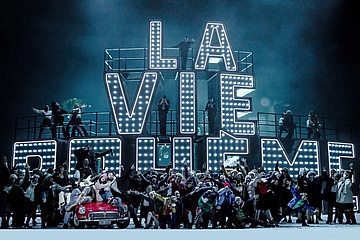
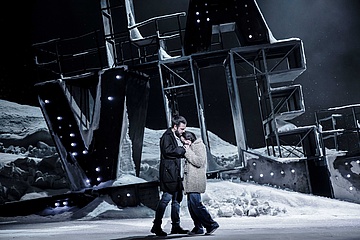
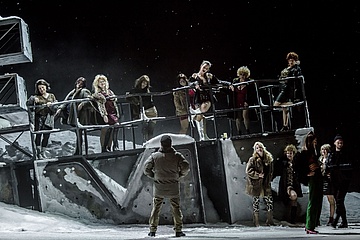
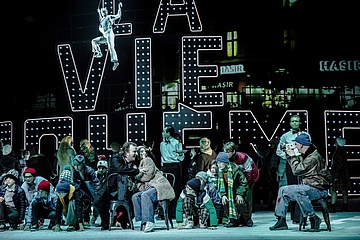
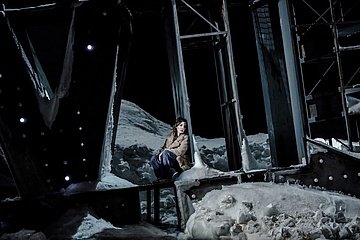
 Adriana Ferfecka
Adriana Ferfecka ![[Translate to English:]](/fileadmin/_processed_/2/1/csm_Piotr_Buszewski_2025_karpati_zarewicz_-_kwadrat_024c5d13ef.jpg) Piotr Buszewski
Piotr Buszewski  Aleksandra Orłowska
Aleksandra Orłowska  Szymon Mechliński
Szymon Mechliński ![[Translate to English:]](/fileadmin/_processed_/1/9/csm_slawomir_kowalewski_-_kwadrat_3ef90e795b.jpg) Sławomir Kowalewski
Sławomir Kowalewski  Jerzy Butryn
Jerzy Butryn  Dariusz Machej
Dariusz Machej  Paweł Czekała
Paweł Czekała  Łukasz Wroński
Łukasz Wroński  Michał Piskor
Michał Piskor  Maciej Ufniak
Maciej Ufniak 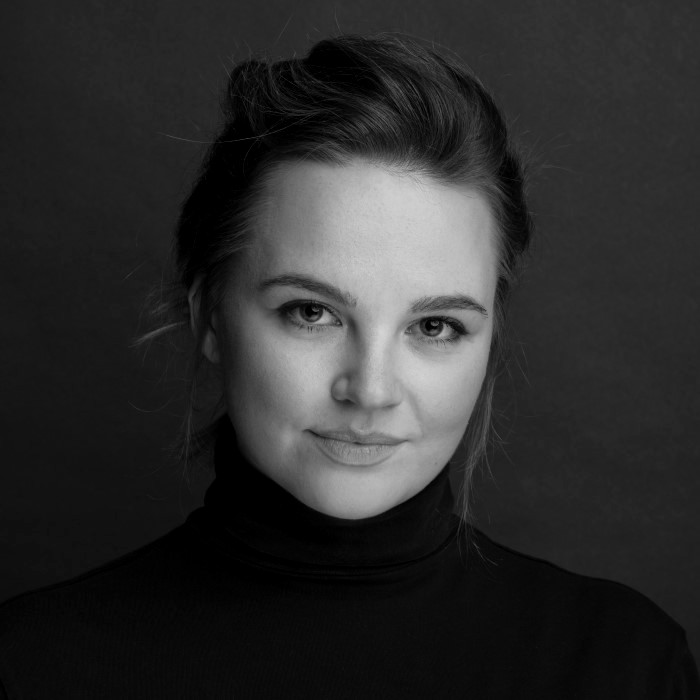 Gabriela Legun
Gabriela Legun  Davide Giusti
Davide Giusti  Joanna Kędzior
Joanna Kędzior  Tomasz Rak
Tomasz Rak  Bartłomiej Misiuda
Bartłomiej Misiuda  Łukasz Konieczny
Łukasz Konieczny  Grzegorz Szostak
Grzegorz Szostak  Mirosław Gotfryd
Mirosław Gotfryd  Daniel Oleksy
Daniel Oleksy  Barbara Wysocka
Barbara Wysocka ![[Translate to English:] Barbara Hanicka [Translate to English:] Barbara Hanicka](/fileadmin/_processed_/0/b/csm_Hanicka-700_6f4f44da3d.jpg) Barbara Hanicka
Barbara Hanicka  Julia Kornacka
Julia Kornacka  Tomasz Jan Wygoda
Tomasz Jan Wygoda  Marc Heinz
Marc Heinz  Lea Mattausch
Lea Mattausch  Mirosław Janowski
Mirosław Janowski ![[Translate to English:]](/fileadmin/import/media/img/ludzie/spiewacy/IZABELLA-KLOSINSKA370.jpg) Izabela Kłosińska
Izabela Kłosińska  Danuta Chmurska
Danuta Chmurska ![[Translate to English:]](/fileadmin/media/img/ludzie/dyrygenci/patrick_fournilier_fot_arch_artysty_-_kwadrat.jpg) Patrick Fournillier
Patrick Fournillier 




